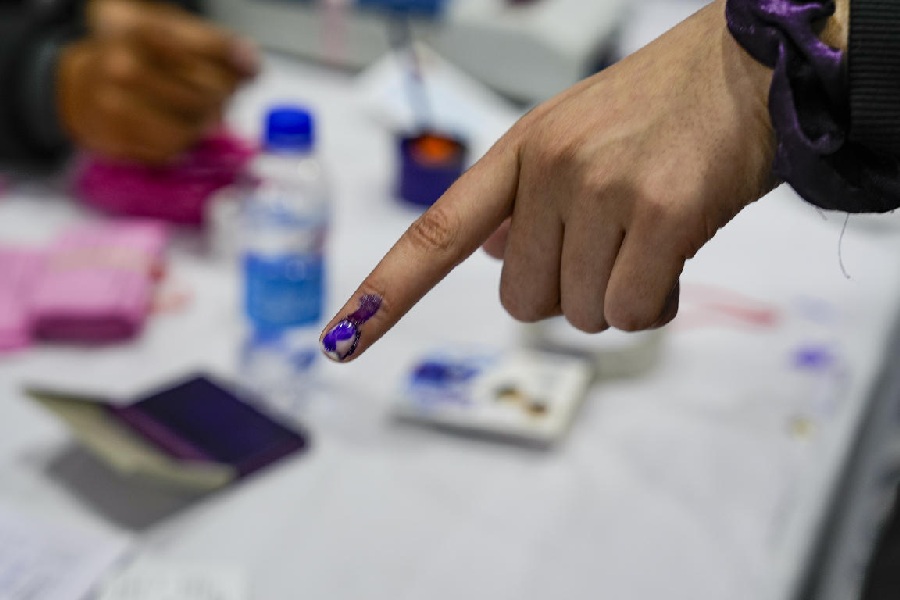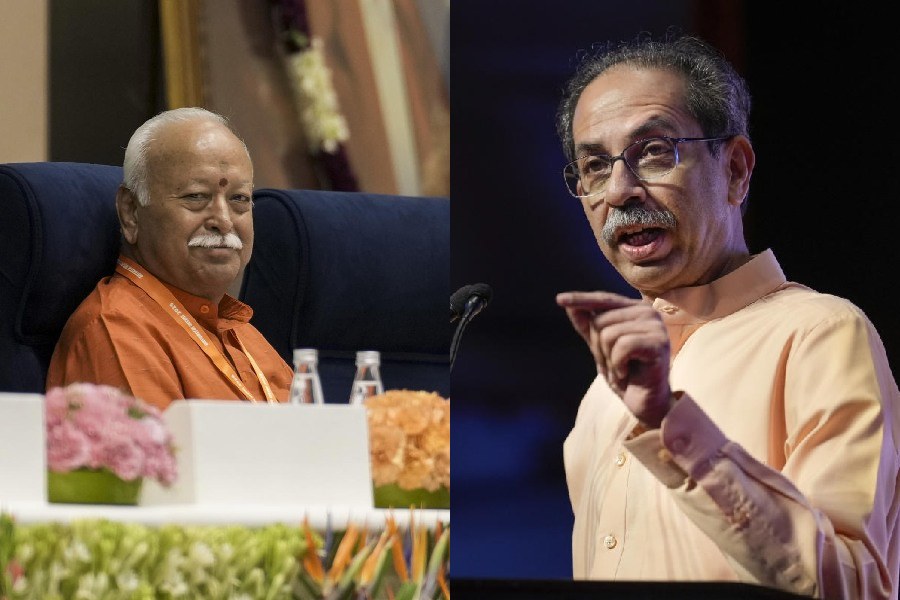
Guwahati, Aug. 25: Two pig breeds and an indigenous poultry breed of the Northeast have been registered as new breeds by the Indian Council of Agricultural Research (ICAR), which will help in the conservation of local germplasm.
The pig breeds are Tenyi Vo (Nagaland) and Doom (Assam) while the chicken breed is Kaunayen (Manipur).
ICAR director general Trilochan Mohapatra presided over a ceremony held at Krishi Bhawan, New Delhi, Tuesday for awarding certificates to the applicants of breed registration.
The ICAR had initiated the mechanism for registration of animal germplasm through the National Bureau of Animal Genetic Resources in 2007, recognising the need for an authentic national documentation system of genetic resource with known characteristics.
In 2008, it constituted a Breed Registration Committee for the purpose.
In June this year, the committee had approved the registration of nine new breeds of livestock and poultry, of which three were from the Northeast. The total number of indigenous breeds in the country now is 160.

The Tenyi Vo are reared in Nagaland, mainly for pork production. These animals have a long, strong and tapering snout, small erect ears and bright alert eyes. The adult pigs weight between 36kg and 50kg. Their estimated population is about 60,000-70,000.
Doom pigs are found in Dhubri, Bongaigaon and Kokrajhar districts of Assam. These are black in colour and have a short, concave snout. The adult pigs weight between 36kg and 50kg. Their estimated population is about 3,000.
The Kaunayen chicken are bred in Thoubal, Imphal West, Imphal East and Bishnupur districts of Manipur. They are also found in the hill districts of Chandel, Churachandpur, Senapati, Ukhrul and Tamenglong. The birds have an elongated body with long neck and legs. Their estimated population is approximately 60,000-80,000.
Ram Pratim Deka, scientist, food safety and zoonosis, at the International Livestock Research Institute, Guwahati, told The Telegraph that it is a good development that three indigenous breeds of the Northeast have been registered as new breeds. This means, these three registered breeds have some unique characteristics through which they can be distinguished from all other indigenous breeds in India. The development means that the same pigs cannot be registered with different names in different parts of the country.
"Registration is done mainly to conserve the local germplasm in their native tract/place for any future use, particularly for research and development purpose. For instance, if a native breed has more disease resistant or heat resistant capacity, the genes of this breed could be used to develop a new breed with these characteristics," Deka said.
"To conserve local germplasm it is important to educate the farmers in those areas so that they do not cross the indigenous pigs with improved pig to get better productive. This cross breeding would dilute the genetic make of indigenous pigs and they may lose their good characteristics in due course of time. It is recommended to breed the registered pigs among themselves. To improve productivity of the registered pigs, farmers can breed better quality male and female pigs (selective breeding) within the same breed."
He, however, said conservation of the indigenous germplasm would be difficult if the farmers are not given incentives by the government as the production of these breeds is poor (the growth performance is much less than cross bred or exotic pigs) in the form of extension services, farm inputs or market.
"The pork of these pigs deserve a niche market for remunerative price. Higher price could be justified by the fact that pork of local pigs are perceived by consumers as tastier than pork of cross bred pigs," he added.










